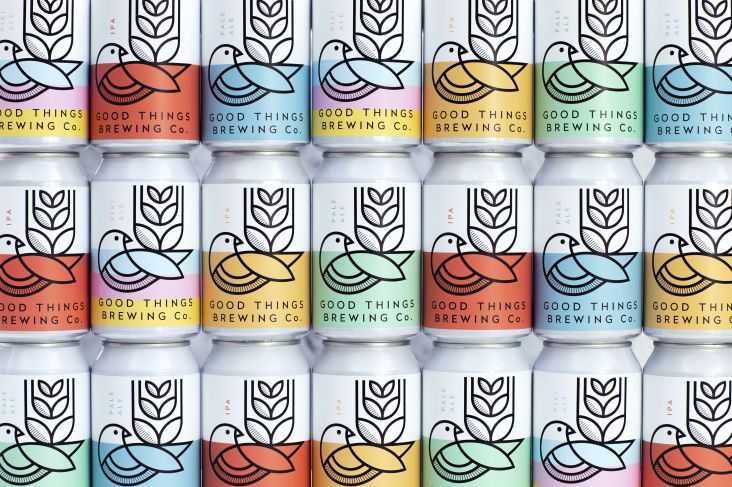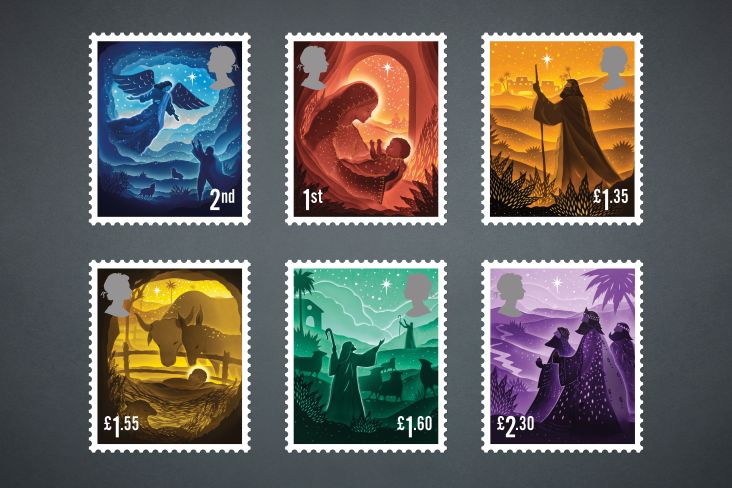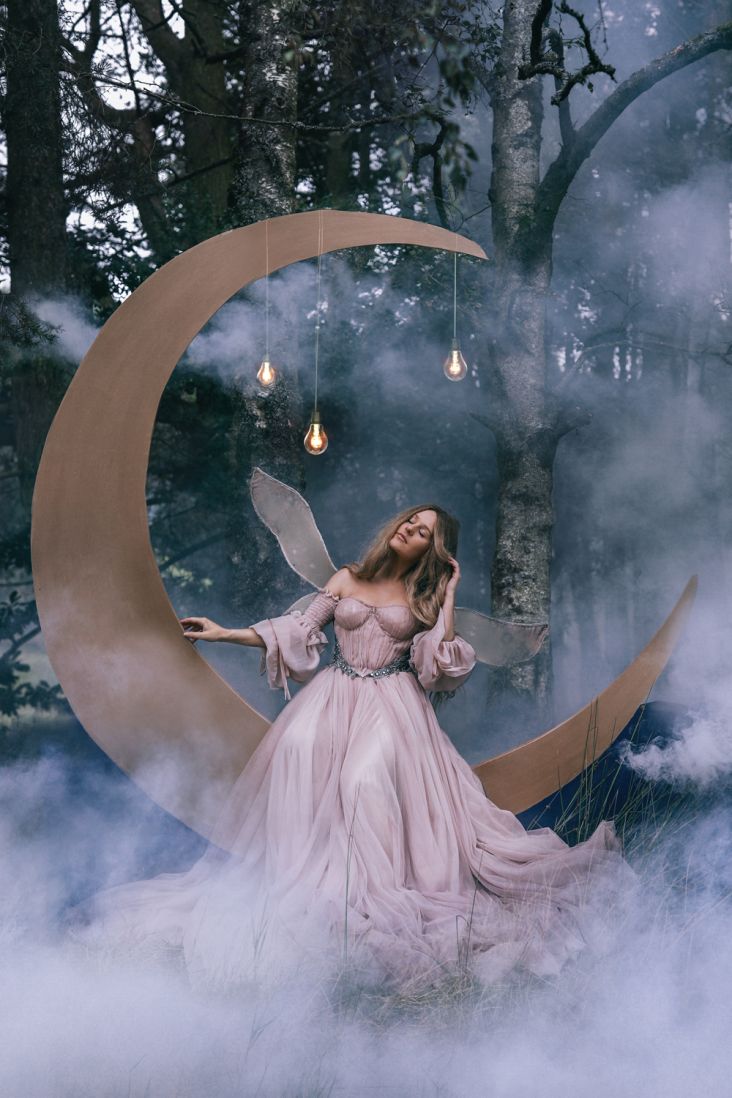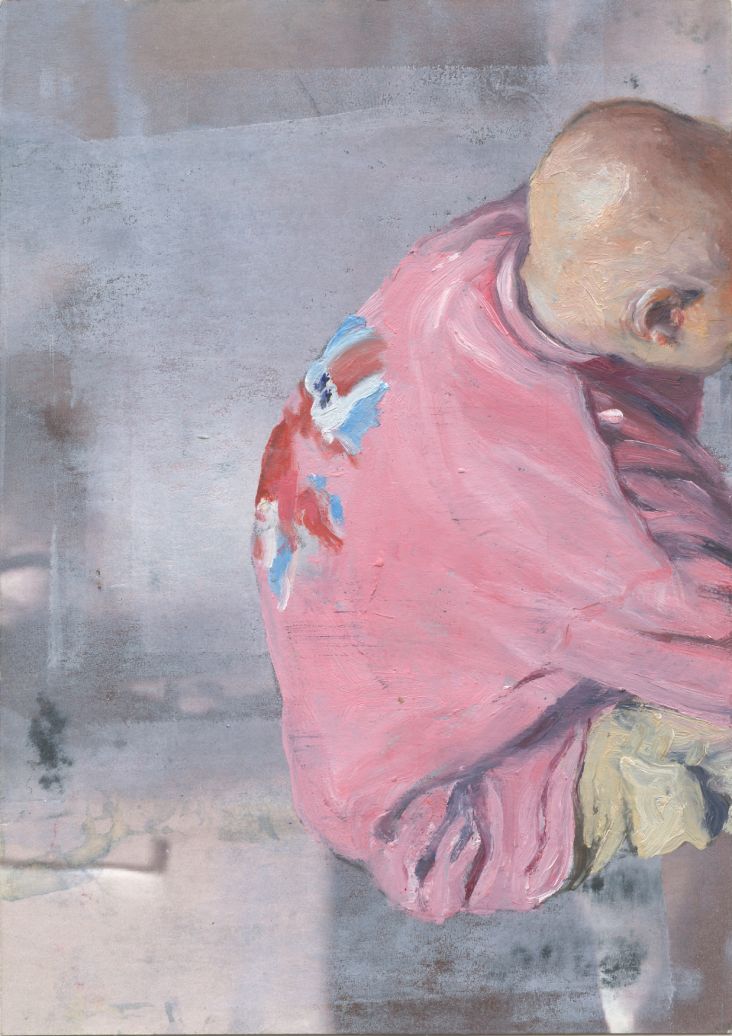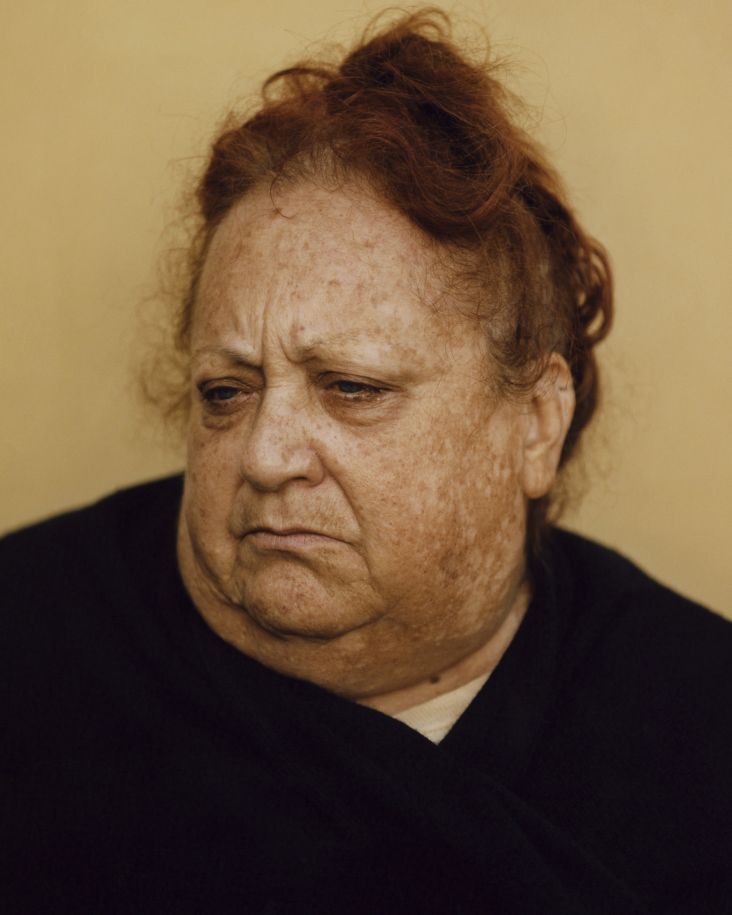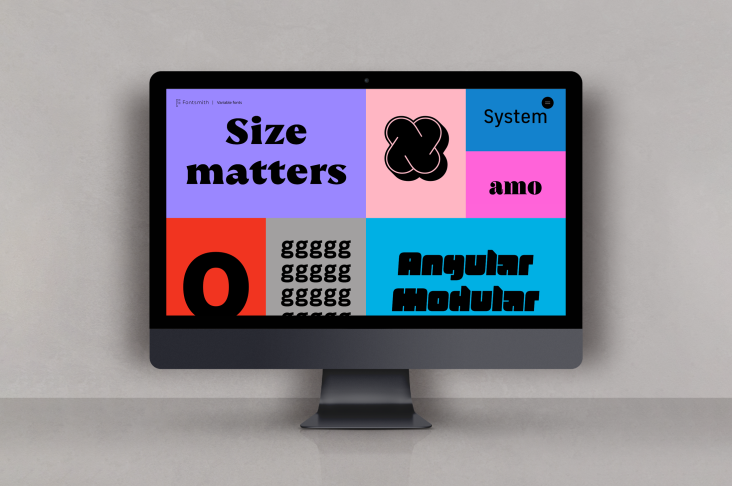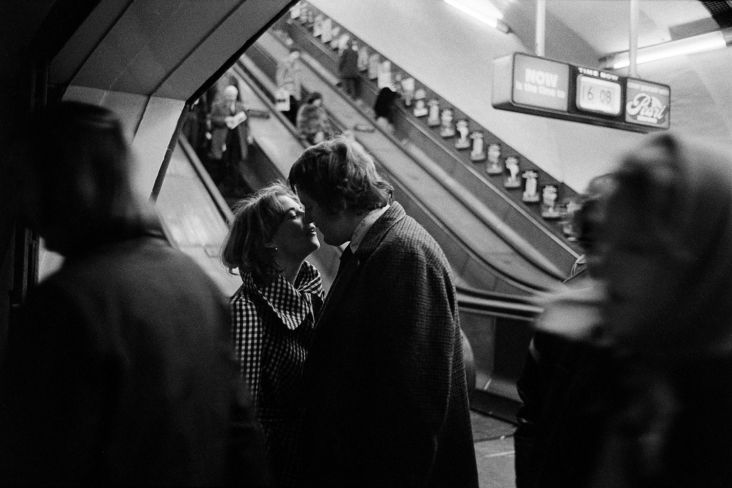Major photography exhibition to spark conversations surrounding our understanding of masculinity
In the wake of #MeToo and the resurgence of feminism and men's rights activism, an upcoming exhibition at London's Barbican couldn't be more relevant or timely.
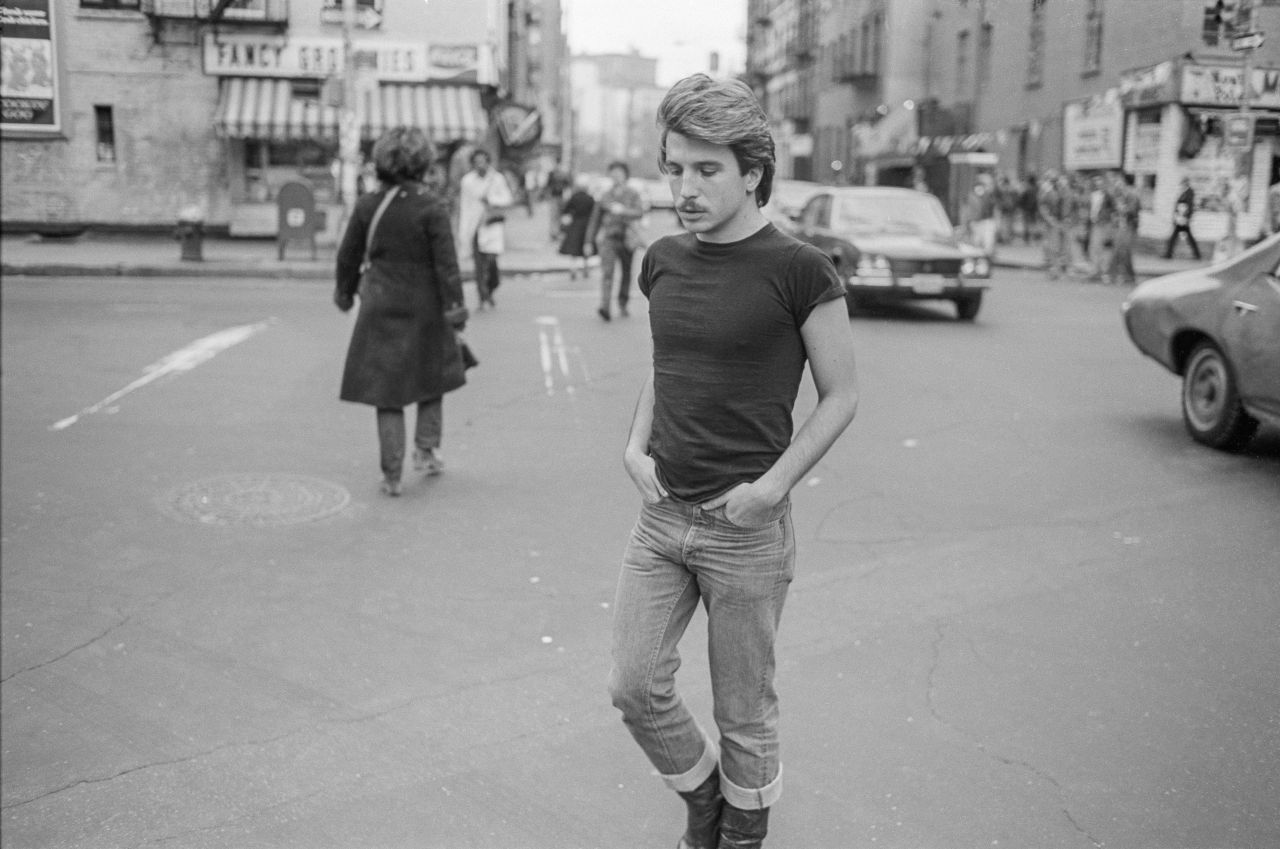
Sunil Gupta – Untitled 22 from the series Christopher Street, 1976 Courtesy the artist and Hales Gallery. © Sunil Gupta. All Rights Reserved, DACS 2019
Masculinities: Liberation through Photography will explore how masculinity is experienced, performed, coded and socially constructed as expressed and documented through photography and film from the 1960s to the present day.
The group show brings together over 300 works by more than 50 pioneering international artists, photographers and filmmakers such as Richard Avedon, Peter Hujar, Isaac Julien, Rotimi Fani-Kayode, Robert Mapplethorpe, Annette Messager and Catherine Opie.
There'll also be some lesser-known and younger names including Cassils, Sam Contis, George Dureau, Elle Pérez, Paul Mpagi Sepuya, Hank Willis Thomas, Karlheinz Weinberger and Marianne Wex amongst many others.
Jane Alison from the Barbican said the show "will certainly spark conversations surrounding our understanding of masculinity."
With ideas around masculinity undergoing a global crisis and terms such as 'toxic' and 'fragile' masculinity filling endless column inches, the exhibition surveys the representation of masculinity in all its myriad forms, rife with contradiction and complexity.
Presented across six sections, the show will touch on themes of queer identity, the black body, power and patriarchy, female perceptions of men, heteronormative hypermasculine stereotypes, fatherhood and family.
Highlights include the work of artists who have consistently challenged stereotypical representations of hegemonic masculinity, including Collier Schorr, Adi Nes, Akram Zaatari and Sam Contis, whose series Deep Springs, 2018 draws on the mythology of the American West and the rugged cowboy. Contis spent four years immersed in an all-male liberal arts college north of Death Valley meditating on the intimacy and violence that coexists in male-only spaces.
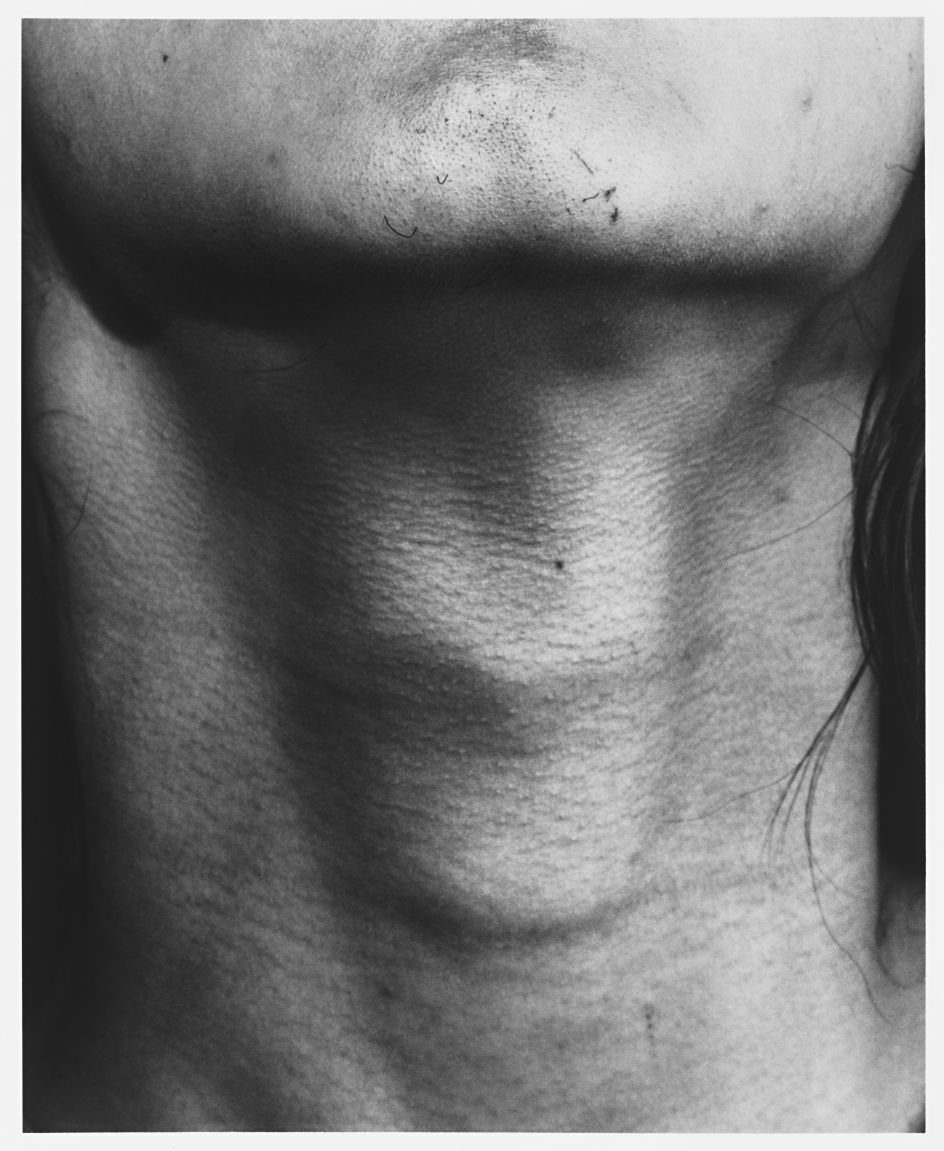
Sam Contis – Untitled (Neck), 2015 © Sam Contis
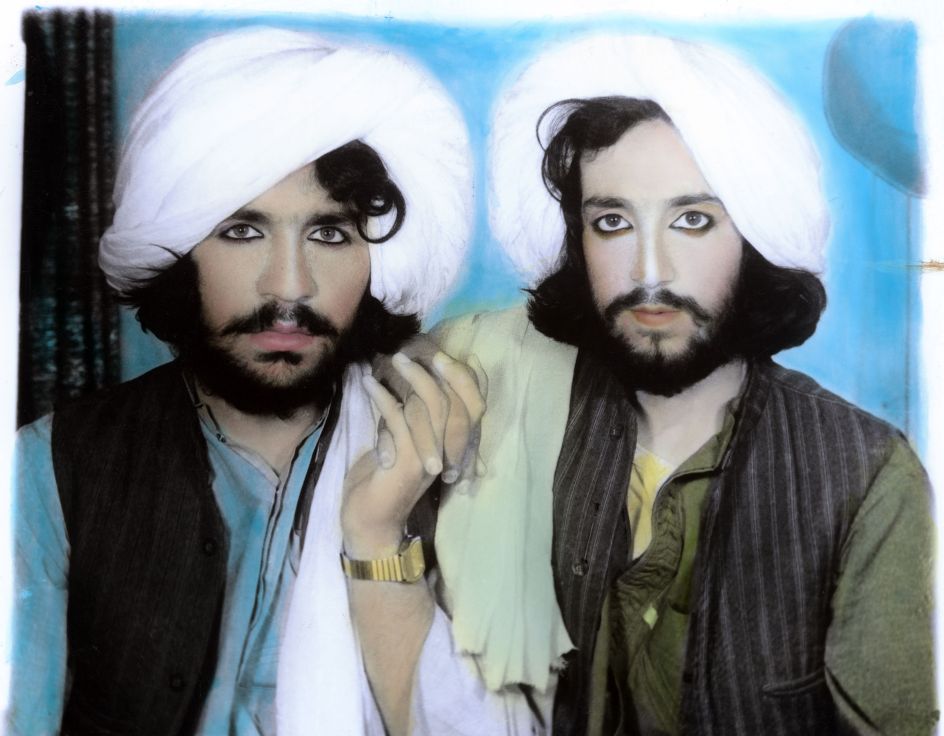
Thomas Dworzak – Taliban portrait. Kandahar, Afghanistan. 2002. © Collection T. Dworzak/Magnum Photos
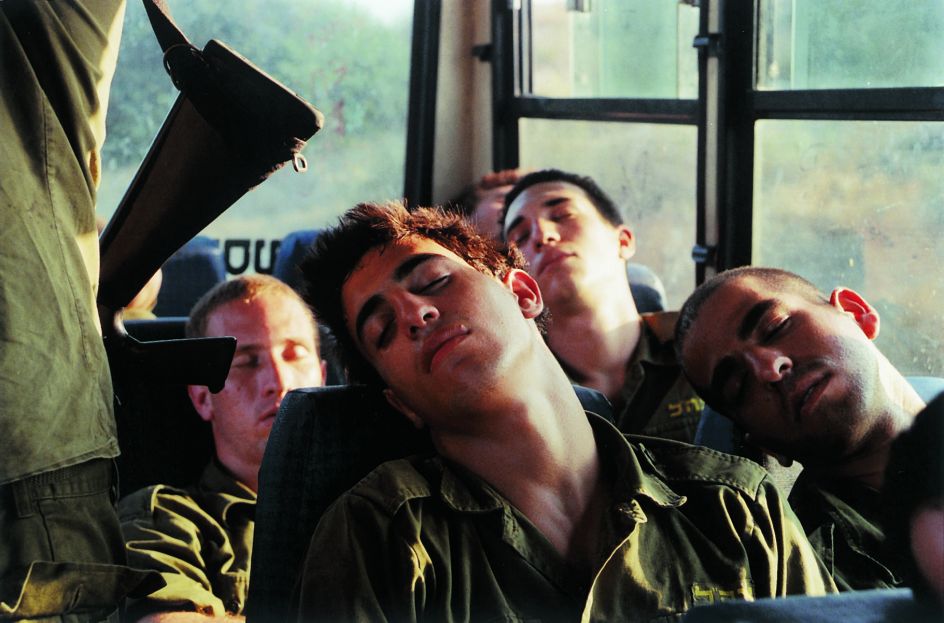
Adi Nes – Untitled, from the series Soldiers, 1999 Courtesy Adi Nes & Praz-Delavallade Paris, Los Angeles
Meanwhile, Thomas Dworzak’s acclaimed series Taliban consists of vibrant portraits found in photographic studios in Kandahar following the US invasion of Afghanistan in 2001. They depict Taliban fighters posing hand in hand in front of painted backdrops, using guns and flowers as props with kohl carefully applied to their eyes.
Transmasculine artist Cassils’ series Time Lapse, 2011, documents the radical transformation of their body through the use of steroids and a rigorous training programme reflecting on ideas of masculinity without men.
Elsewhere, artists Jeremy Deller, Robert Mapplethorpe and Rineke Dijkstra dismantle preconceptions of subjects such as the wrestler, the bodybuilder and the athlete and offer an alternative view of these hyper-masculinised stereotypes.
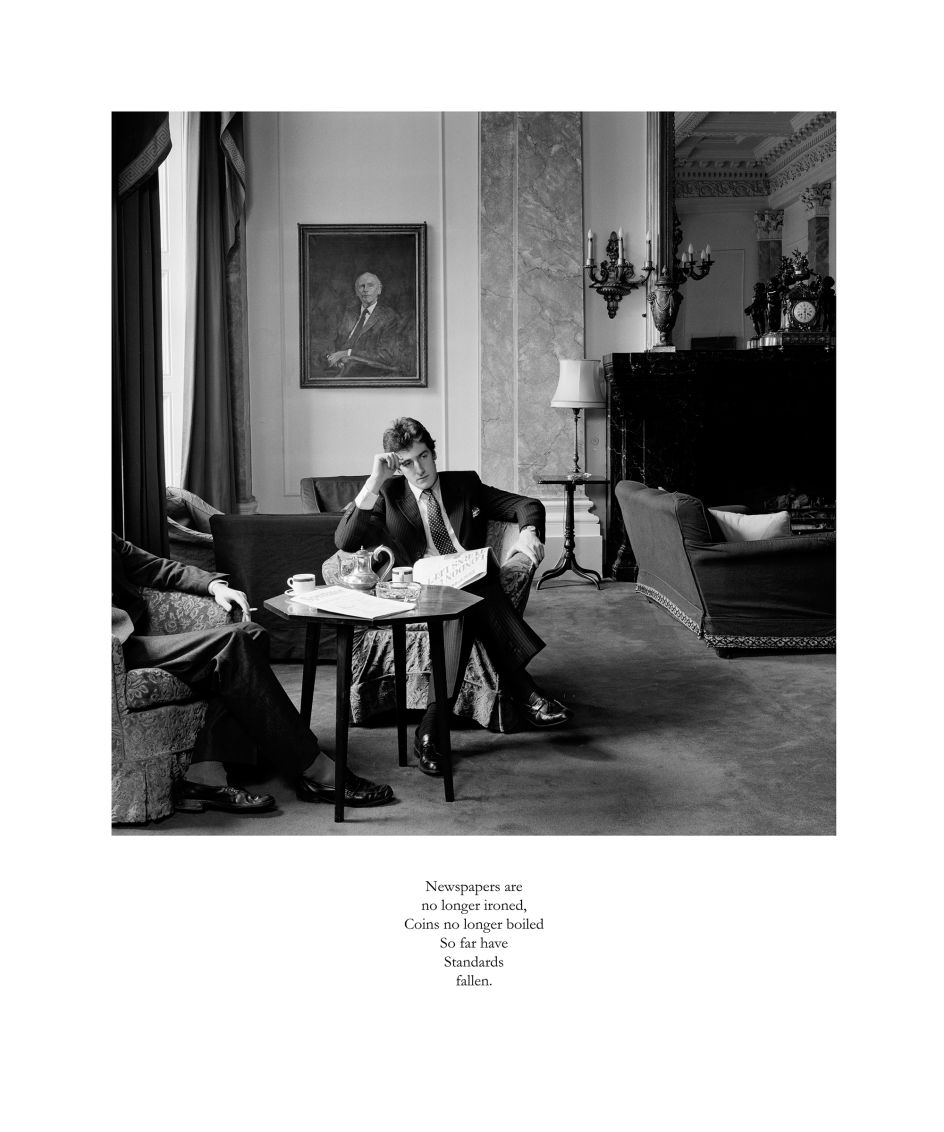
Karen Knorr – Newspapers are no longer ironed, Coins no longer boiled So far have Standards fallen from the series Gentlemen, 1981-83 Tate: Gift Eric and Louise Franck London Collection 2013 © Karen Knorr
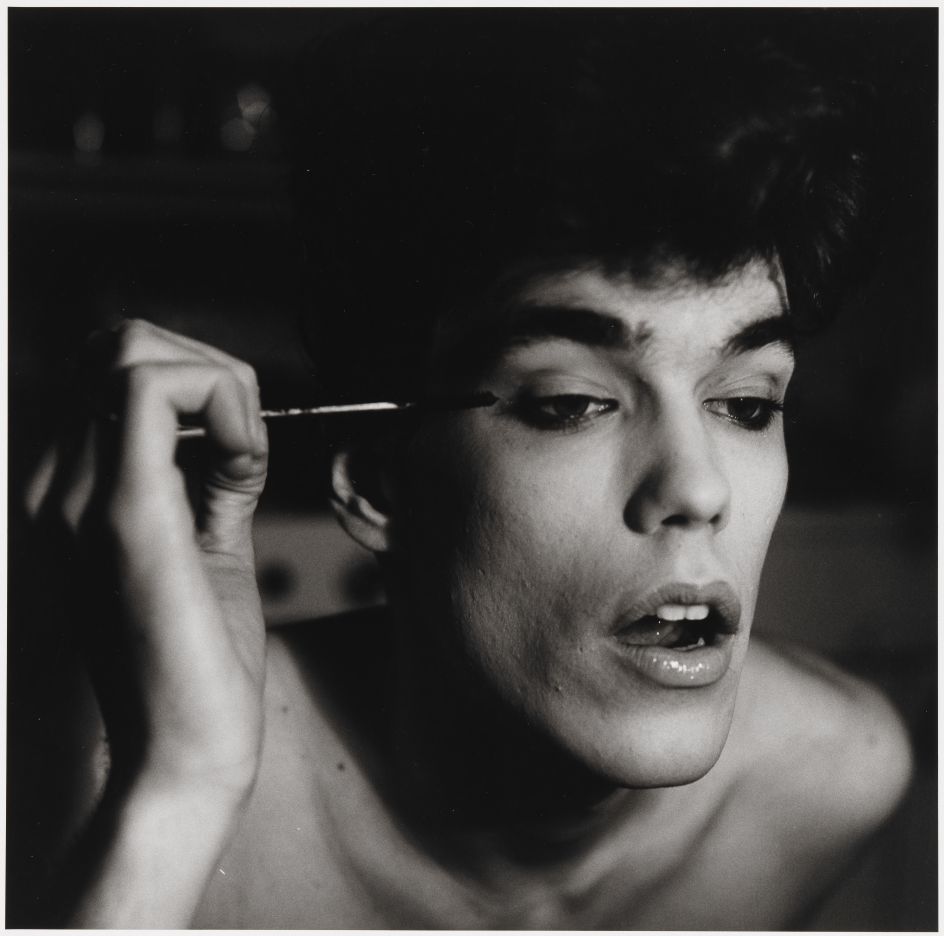
Peter Hujar – David Brintzenhofe Applying Makeup (II), 1982 © 1987 The Peter Hujar Archive LLC; Courtesy Pace/MacGill Gallery, New York and Fraenkel Gallery, San Francisco
The exhibition also examines patriarchy and the unequal power relations between gender, class and race. Karen Knorr’s series of black and white photographs from Gentlemen, 1981-83, were taken inside men-only private members’ clubs in central London and accompanied by texts drawn from snatched conversations, parliamentary records and contemporary news reports, invites viewers to reflect on notions of class, race and the exclusion of women from spaces of power during Margaret Thatcher’s premiership.
Toxic masculinity is further explored in Andrew Moisey’s 2018 photobook The American Fraternity: An Illustrated Ritual Manual which weaves together archival photographs of former US Presidents and Supreme Court Justices who all belonged to the fraternity system, alongside images depicting the initiation ceremonies and parties that characterise these male-only organisations.
With the rise of the Gay Liberation Movement through the 1960s followed by the AIDS epidemic in the early 1980s, the exhibition showcases artists such as Peter Hujar and David Wojnarowiz, who increasingly began to disrupt traditional representations of gender and sexuality.
Hal Fischer’s critical photo-text series Gay Semiotics, 1977, classified styles and types of gay men in San Francisco and Sunil Gupta’s street photographs captured the performance of gay public life as played out on New York’s Christopher Street, the site of the 1969 Stonewall Uprising.
Other artists exploring the performative aspects of queer identity include Catherine Opie’s seminal series Being and Having, 1993, showing her close friends in the West Coast’s LGBT+ community sporting false moustaches, tattoos and other stereotypical masculine accessories. Elle Pérez’s luminous and tender photographs explore the representation of gender non-conformity and vulnerability, whilst Paul Mpagi Sepuya’s fragmented portraits explore the studio as a site of homoerotic desire.
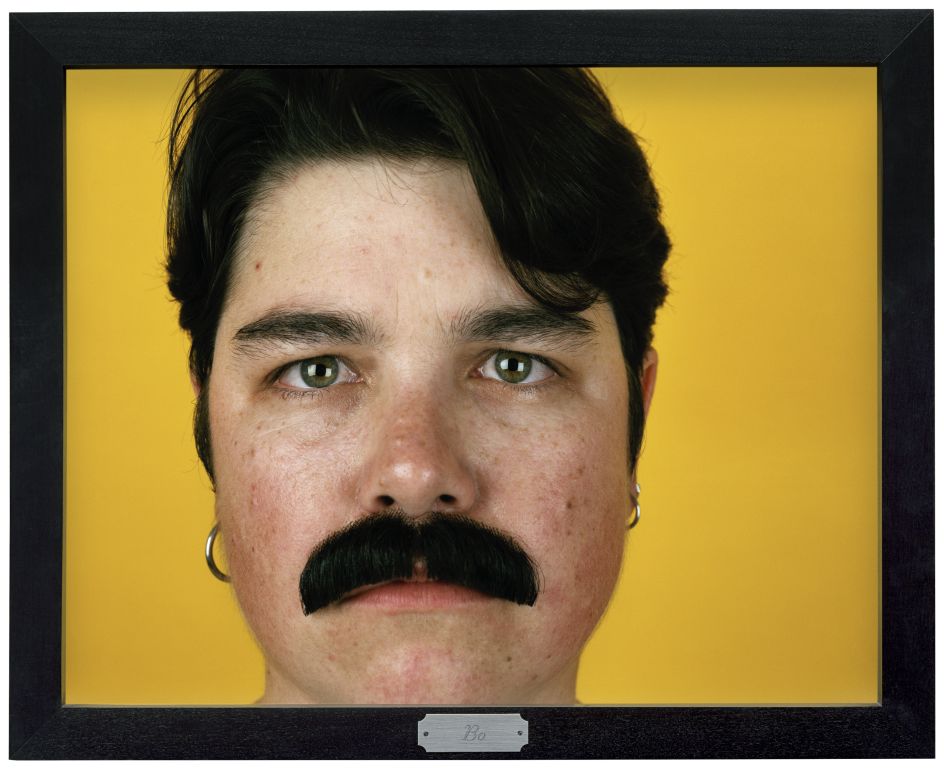
Catherine Opie – Bo from “Being and Having”, 1991 Collection of Gregory R. Miller and Michael Wiener © Catherine Opie, Courtesy Regen Projects, Los Angeles; Thomas Dane Gallery, London; and Soloman R. Guggenheim Museum, New York
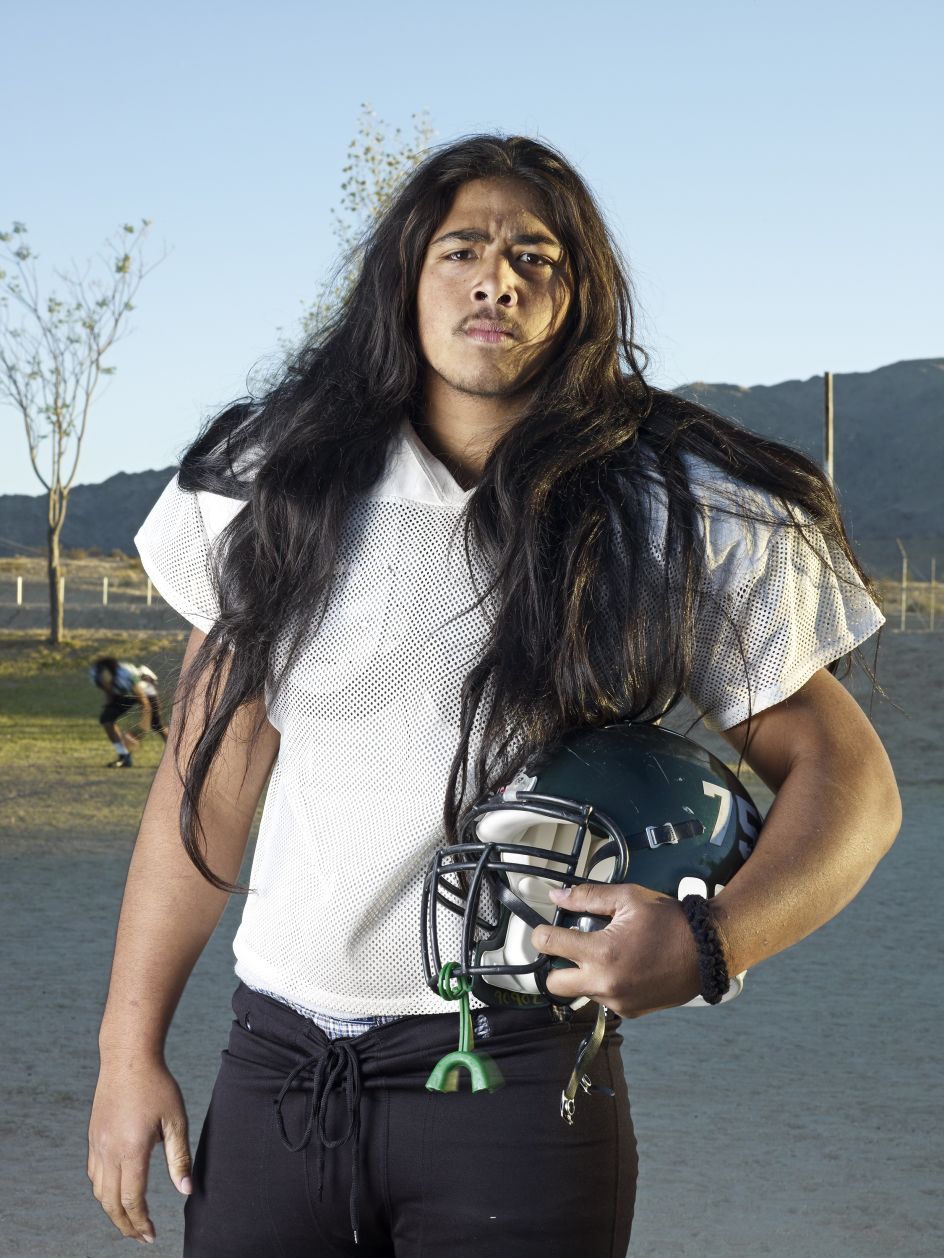
Catherine Opie – Rusty, 2008 © Catherine Opie, Courtesy Regen Projects, Los Angeles and Thomas Dane Gallery, London
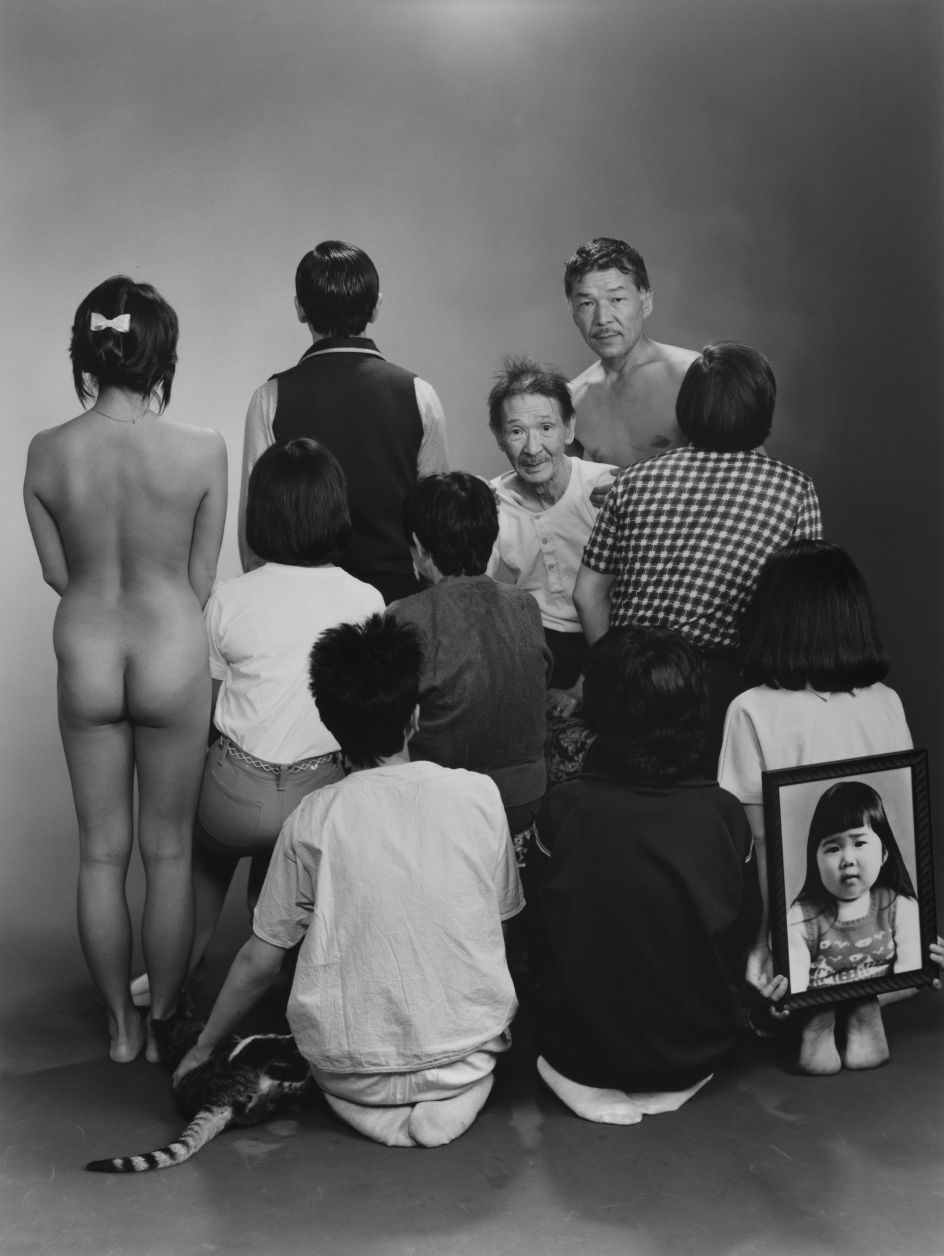
Masahisa Fukase – Upper row, from left to right: A, a model; Toshiteru, Sukezo, Masahisa. Middle row, from left to right: Akiko, Mitsue, Hisashi Daikoji. Bottom row, from left to right: Gaku, Kyoko, Kanako, and a memorial portrait of Miyako, 1985, from the series Family, 1971-90 © Masahisa Fukase Archives
During the 1970s women artists from the second wave feminist movement objectified male sexuality in a bid to subvert and expose the invasive and uncomfortable nature of the male gaze. On show will be Laurie Anderson’s seminal work Fully Automated Nikon (Object/Objection/Objectivity), 1973, documents the men who catcalled her as she walked through New York’s Lower East Side while Annette Messager’s series The Approaches, 1972, covertly captures men’s trousered crotches with a long-lens camera.
German artist Marianne Wex’s encyclopaedic project Let’s Take Back Our Space: 'Female' and 'Male' Body Language as a Result of Patriarchal Structures, 1977, presents a detailed analysis of male and female body language and Australian indigenous artist Tracey Moffatt’s awkwardly humorous film Heaven, 1997, portrays male surfers changing in and out of their wet suits.
Further highlights include New York-based artist Hank Willis Thomas, whose photographic practice examines the complexities of the black male experience; celebrated Japanese photographer Masahisa Fukase’s The Family, 1971-1989, chronicles the life and death of his family with a particular emphasis on his father; and Kenneth Anger’s technicolour experimental underground film Kustom Kar Kommandos, 1965, explores the fetishist role of hot rod cars amongst young American men.
Masculinities: Liberation through Photography launches at London's Barbican Art Gallery on 20 February and runs until 17 May 2020.




 by Tüpokompanii](https://www.creativeboom.com/upload/articles/58/58684538770fb5b428dc1882f7a732f153500153_732.jpg)


 using <a href="https://www.ohnotype.co/fonts/obviously" target="_blank">Obviously</a> by Oh No Type Co., Art Director, Brand & Creative—Spotify](https://www.creativeboom.com/upload/articles/6e/6ed31eddc26fa563f213fc76d6993dab9231ffe4_732.jpg)








